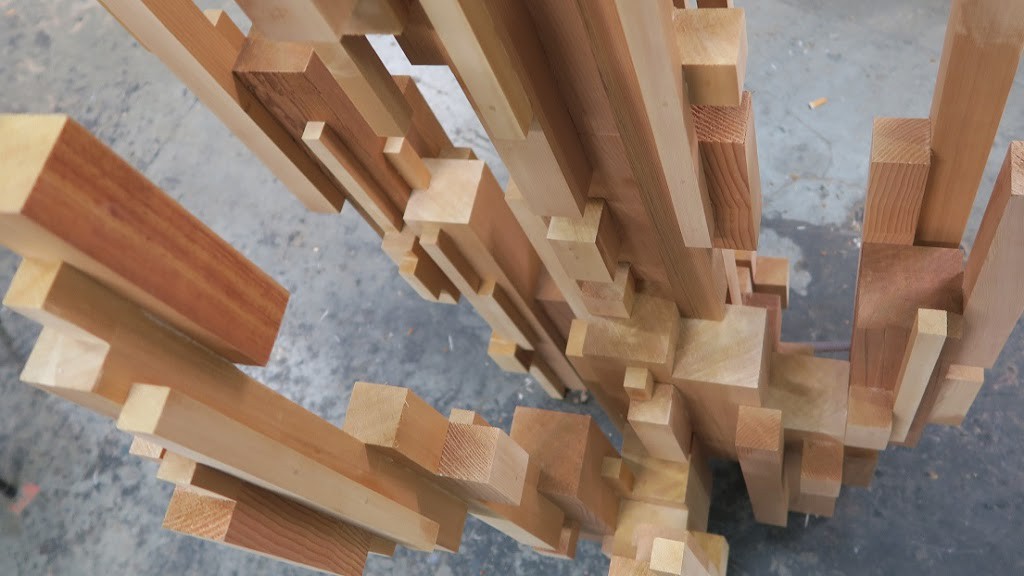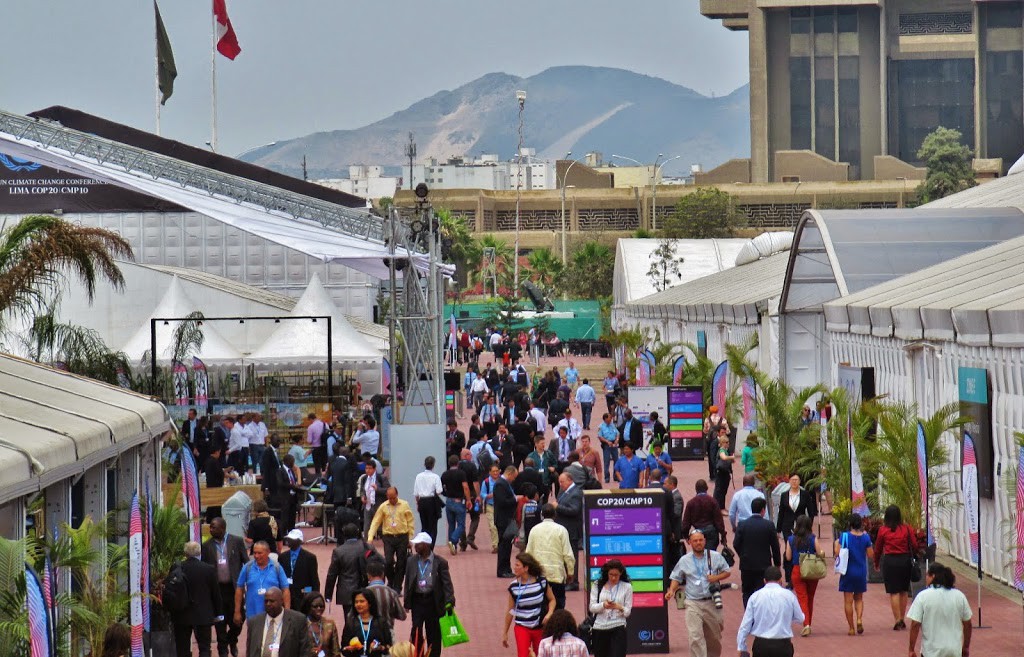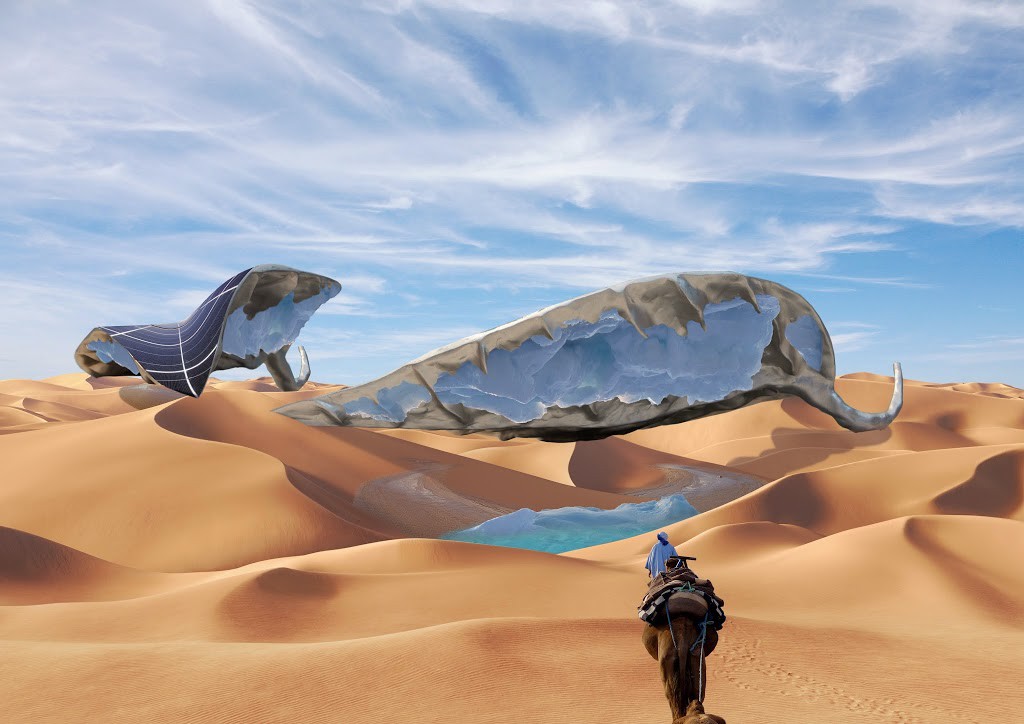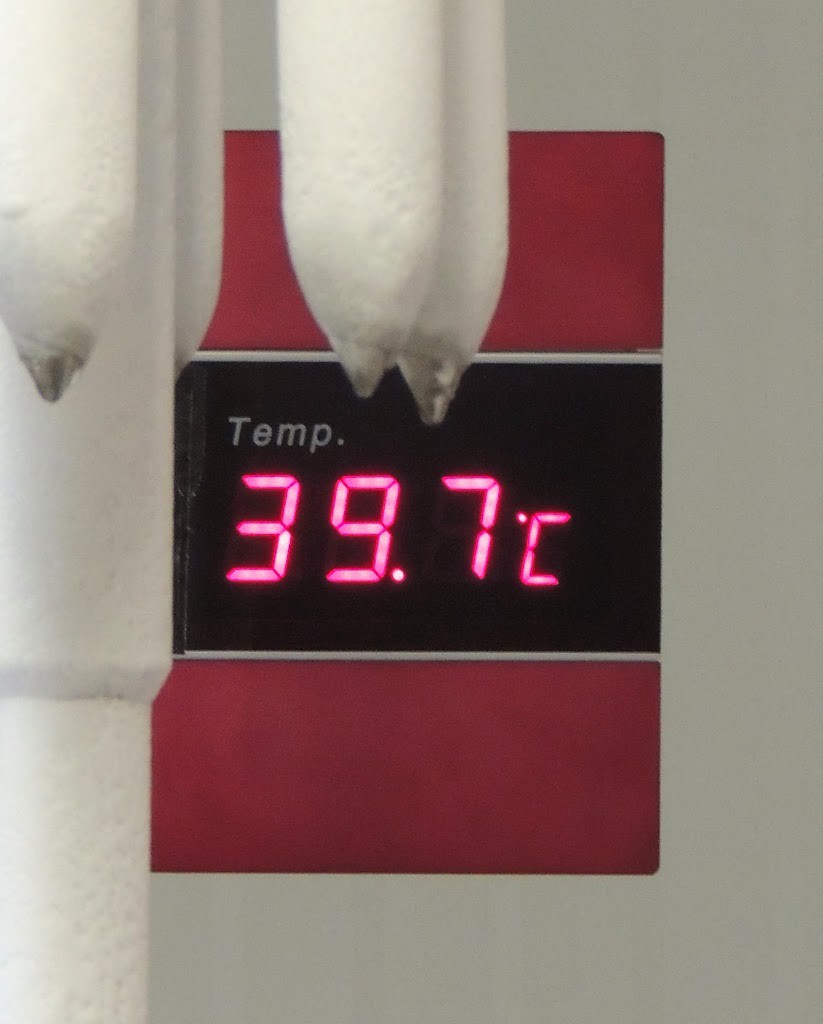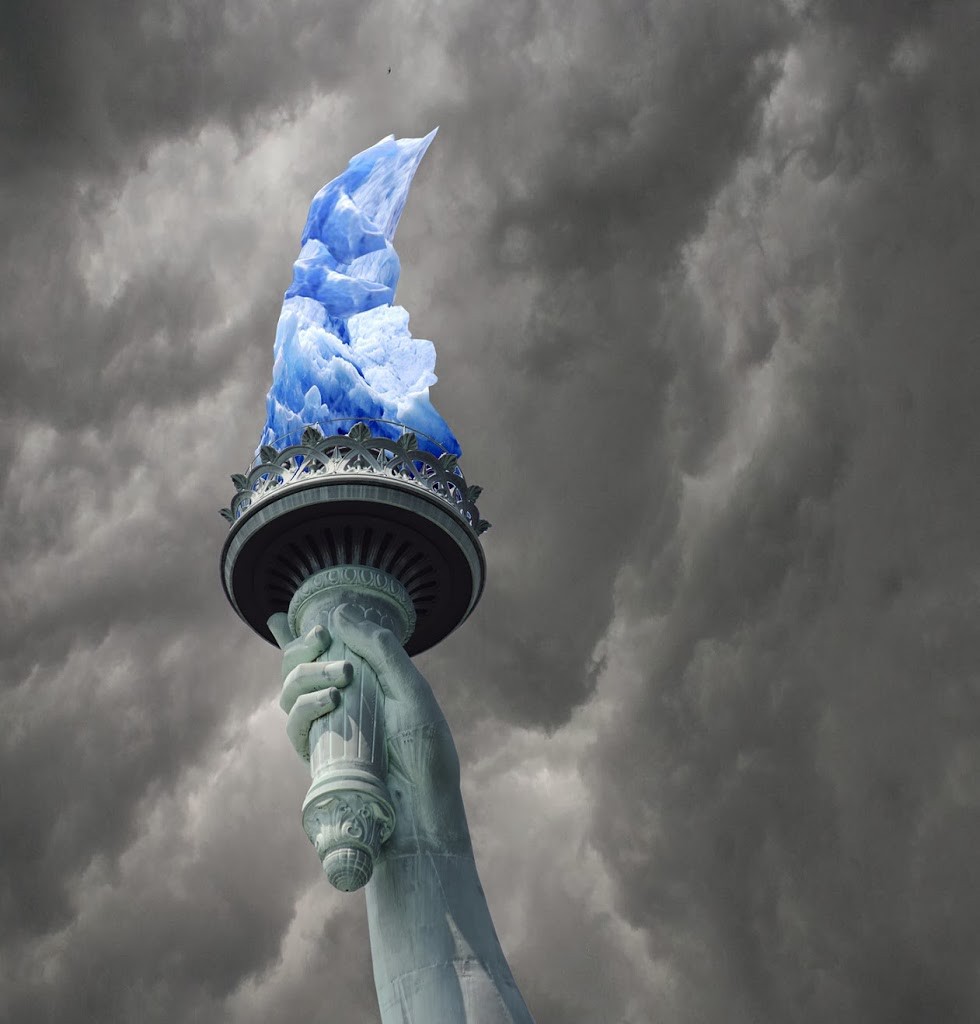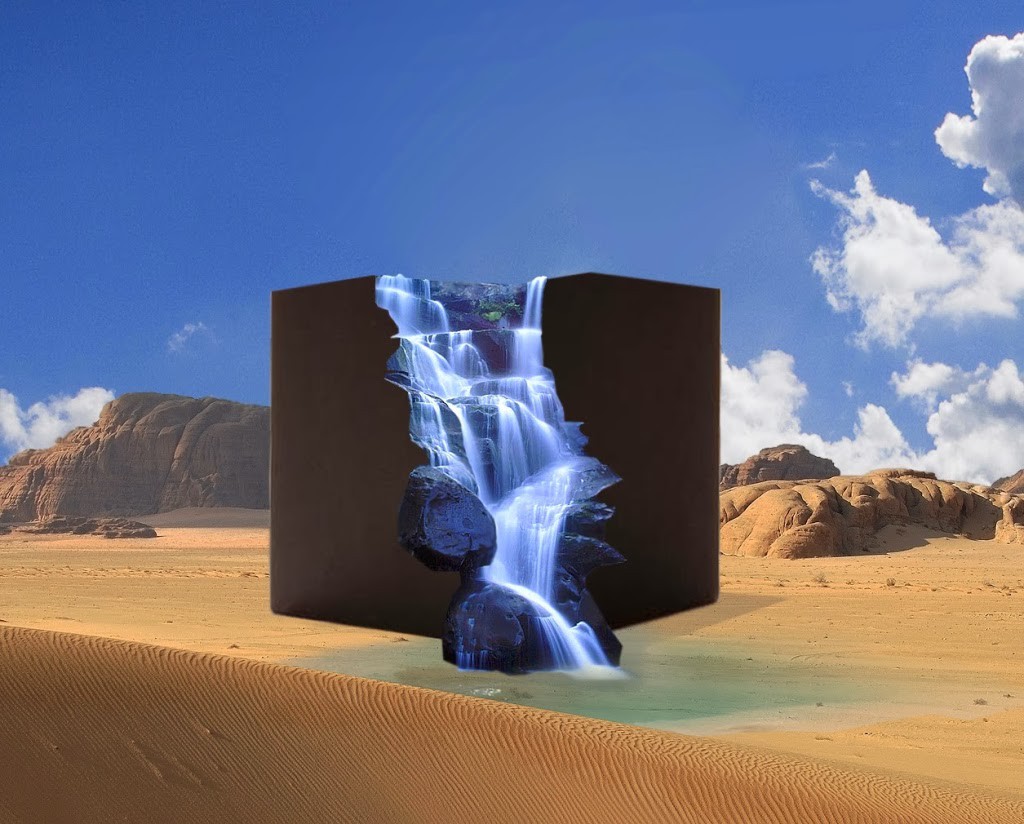Enter Stage 2
Our 2.5 meter prototype is taking shape with natural wood material in a modular form. It’s a voyage in space, water and time that is leading us to the first splash of water flowing down from the top onto the solar panel base. It has taken many months to reach this point and the entire […]
